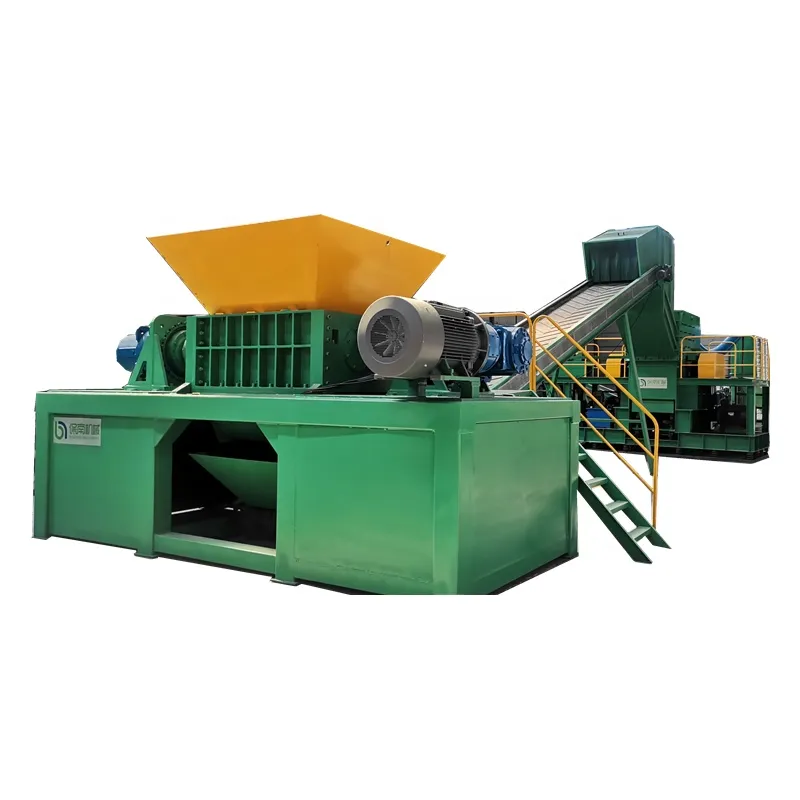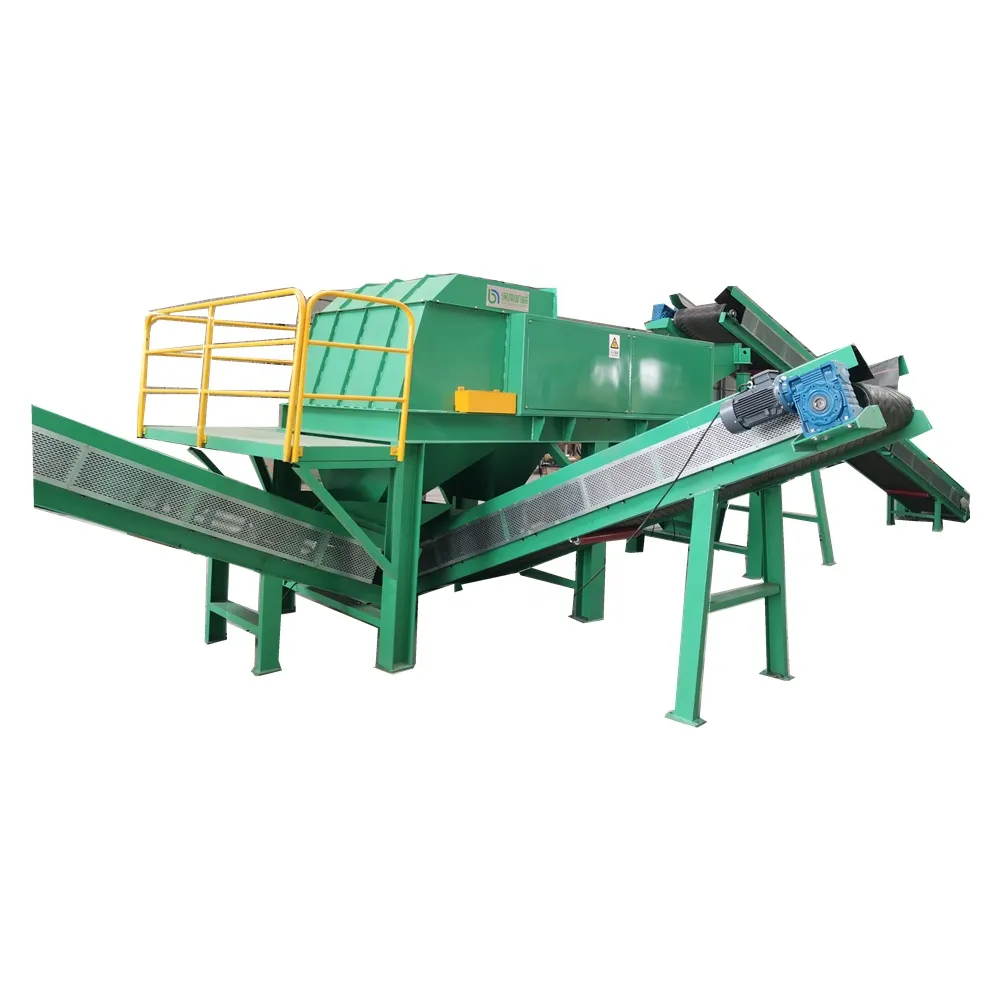Disposing of a satellite dish can be a daunting task if approached without the right knowledge and resources. Having spent years fine-tuning strategies for maximizing website visibility on Google, I've concluded that the answer lies in combining adept disposal methods with authoritative insights that resonate with the eco-conscious community. Here, I leverage my experience to share a comprehensive guide on how to effectively and responsibly dispose of a satellite dish, striking a balance between environmental stewardship and practical action.

Satellite dishes, predominantly made of metal, plastic, and electronic components, pose specific challenges when it comes to disposal. Recognizing this, it is crucial first to understand the components involved in satellite dish construction. Typically, they include an oval-shaped dish, an LNB (Low Noise Block) converter arm, and mounting brackets. These components contain recyclable materials, yet require separation before recycling. Start by disassembling the dish unscrew and remove the LNB arm, which houses the electronic components. Set aside the metal dish and brackets, which are often recyclable with scrap metal or at local recycling centers specializing in electronic waste.
Once disassembled, choosing the right disposal path becomes integral. A variety of options ensure that the satellite dish parts do not end up in landfills, where they contribute to environmental degradation.
One viable option is to reach out to the satellite service provider. Many providers offer take-back or recycling programs as part of their commitment to environmental responsibility. Contact their customer service for guidance on whether they provide such services and how to access them.

Moreover, electronic recycling facilities are equipped to handle the specific materials found in satellite dishes. Before transport, check the facility's guidelines on accepting satellite equipment. Bear in mind the potential need for specialized disposal due to the electronic nature of the LNB components. Partnering with certified e-waste recyclers who adhere to environmental standards ensures not only compliance with ethical practices but also supports local recycling efforts that drive down pollution and resource depletion.
how do you dispose of a satellite dish
Transitioning to the potential reclamation of the dish components opens another avenue. The reflective metal of the dish can be repurposed into various DIY projects or upcycling ideas. From creating garden art to constructing small-scale solar cookers, harnessing creativity can provide new life for otherwise discarded materials, promoting sustainability and individual ingenuity.
Addressing the broader question of what to do with obsolete satellite dishes touches upon environmental consciousness, which continues to grow amongst consumers globally. Publicizing these disposal and recycling methodologies could position a website as a knowledgeable and authoritative resource. By leveraging content that adheres to the principles of Experience, Expertise, Authoritativeness, and Trustworthiness, websites can earn the trust of readers who value environmentally conscious decision-making.
Revisiting the disposal journey leads us to a reflection on societal responsibility and advancing technology. As satellite dish technology evolves, acknowledging the contributions of these steps to a greener planet enhances individual actions. Thus, making informed decisions in satellite dish disposal not only serves practical needs but also aligns with a commitment to safeguarding our ecological future. In summary, choosing responsible disposal methods not only diminishes potential environmental harm but also establishes a blueprint for technological advancement and sustainability, turning every interaction with electronic waste into a moment of environmental advocacy.


